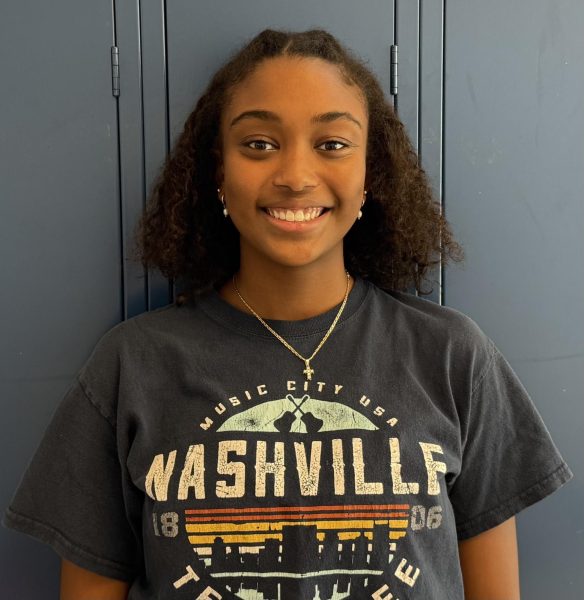Students have found that buying school lunches is convenient and efficient, but the amount of time and effort that is put into creating an effective process for utilizing the leftover food may be overlooked.
On average, around one- to two-thirds of the students at this school purchase an item from the cafeteria each day, according to the business administrator Arlin De La Rosa. Students who are regular lunch buyers do so because it is an efficient way to get a full meal, rather than having to make and bring lunch every day. There are also those who prefer buying the snacks or drinks from the a la carte items or vending machines as a quick treat. “I think it’s important to have school lunches because it provides options to students. For me, I’m not always able to pack lunch, so I rely on school lunch to eat,” junior Langston Fabiyi said.
The process of ordering school lunches is done so according to the schedule created by the county. There is a calendar that the cafeteria manager uses every day to track what meals to serve and when to order the food. How much food is bought per meal is determined based on previous order and purchase history. In other words, if there is a specific meal that students particularly seem to enjoy and buy more of in the past, the school will order more of that meal to meet the predicted demand, according to De La Rosa.
The years when COVID-19 was at its peak acted as an important learning curve because since school lunches were free, it showed how many students purchase them and what items are the most popular. Through this experience, cafeteria staff members were able to create a calendar that is composed of a variety of options for students to choose from. “I think the menu should be different every day because it provides a variety and options to those who have allergies and dietary restrictions, plus it also provides for a diverse meal option,” freshman Chi Chi Achor said.
Having a set schedule based on previous order histories that the food and nutrition department in MCPS creates has limited the amount of waste leftover after lunch. While items such as the juices and fruit can be reused, the food that is leftover gets sent to a club that’s run through the central office by MCPS called Compostology. De La Rosa said, “Anything that is being disposed of is being put through [Compostology] so all of [the leftover food] is being put to good use. We have a Wootton Compostology Club so they help monitor that program and then they work with some of our other green initiative clubs to make sure that if they need any sort of support they run through there.”
Neither vending machines nor school lunches are free. The process the money they collect goes through is intended to benefit cafeteria staff members and students. The money goes back to the self-funded food and nutrition department to order food and pay staff. Additionally, with the money the department collects, “When we have negative balances for student accounts, they are the ones taking on that burden so if they have a lot of negative balances, that’s money that they have to take from their budget that they’ve collected from selling food to pay that back,” De La Rosa said.


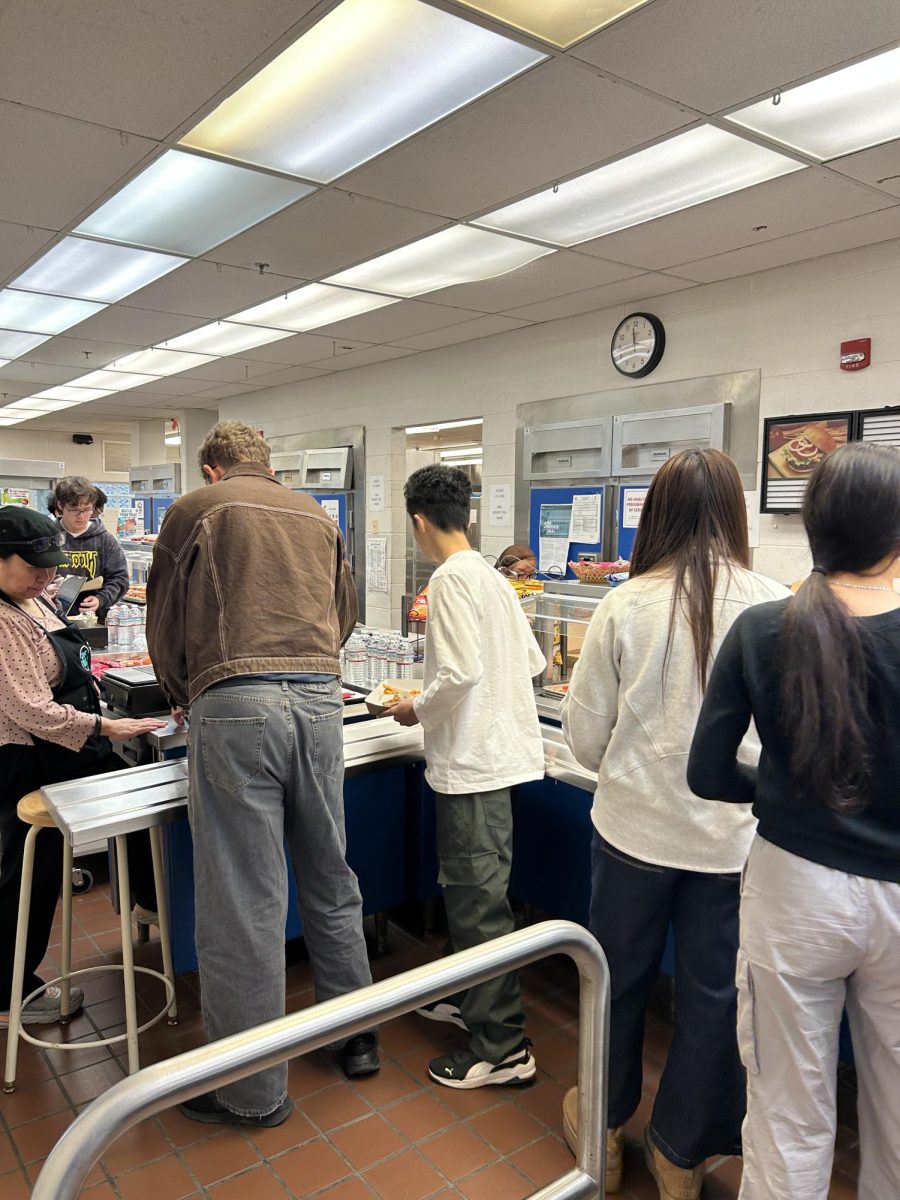

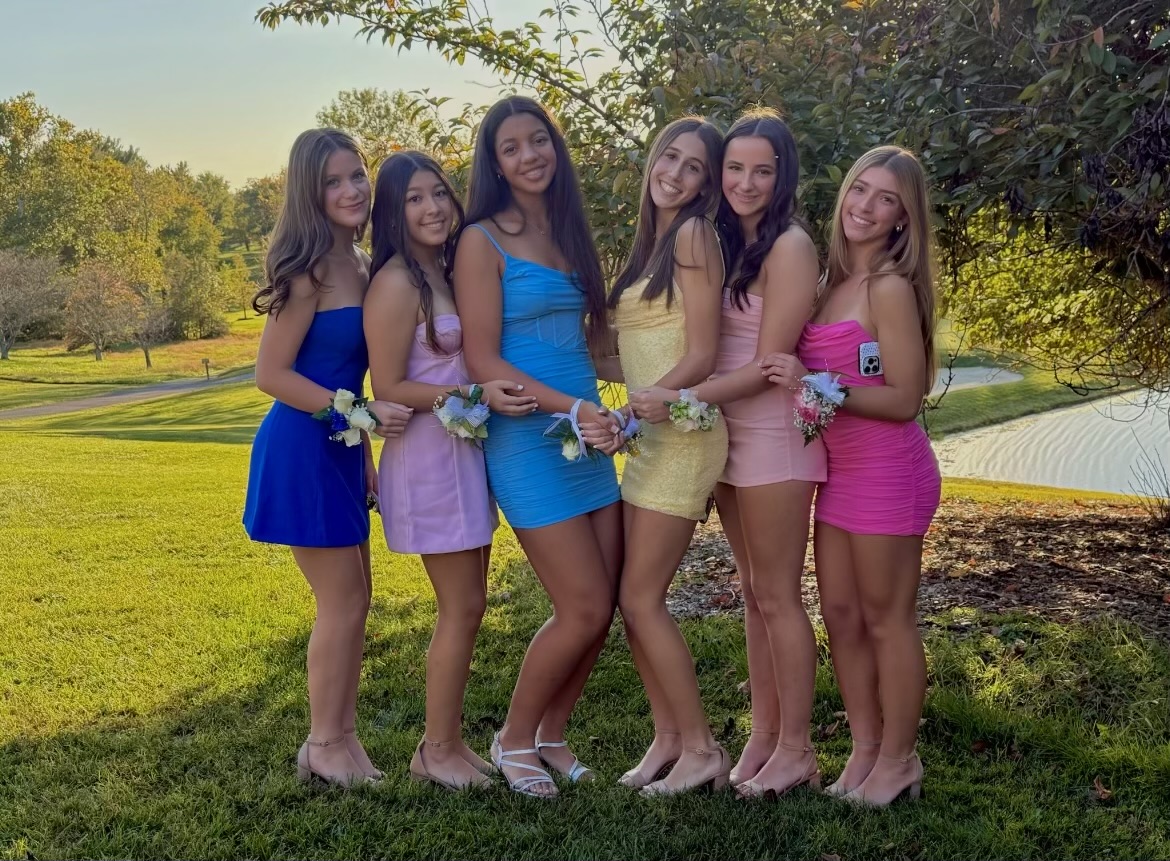
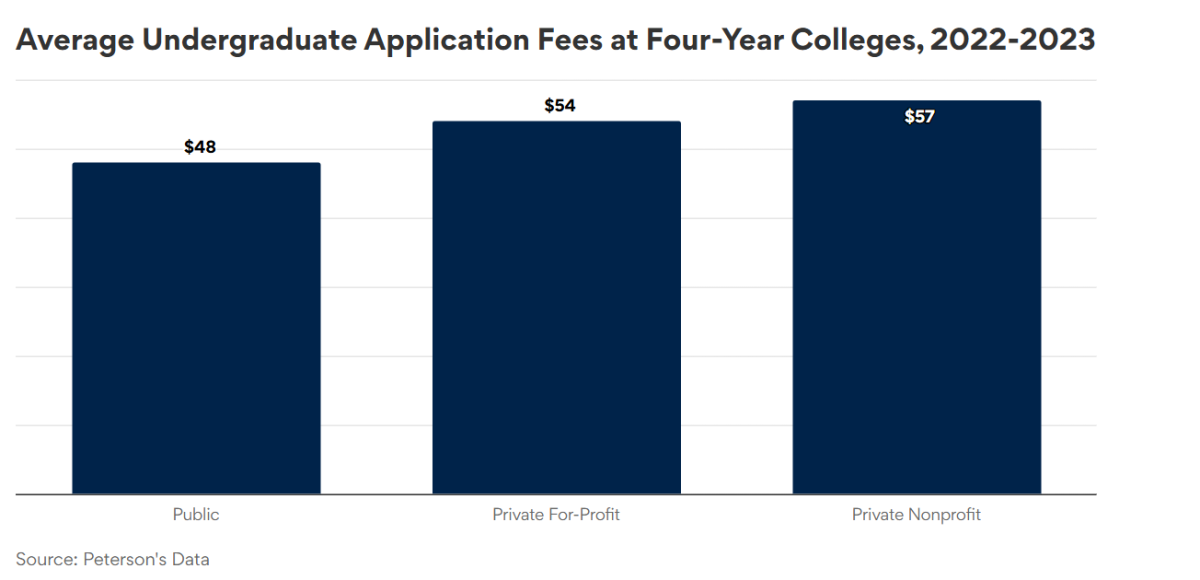
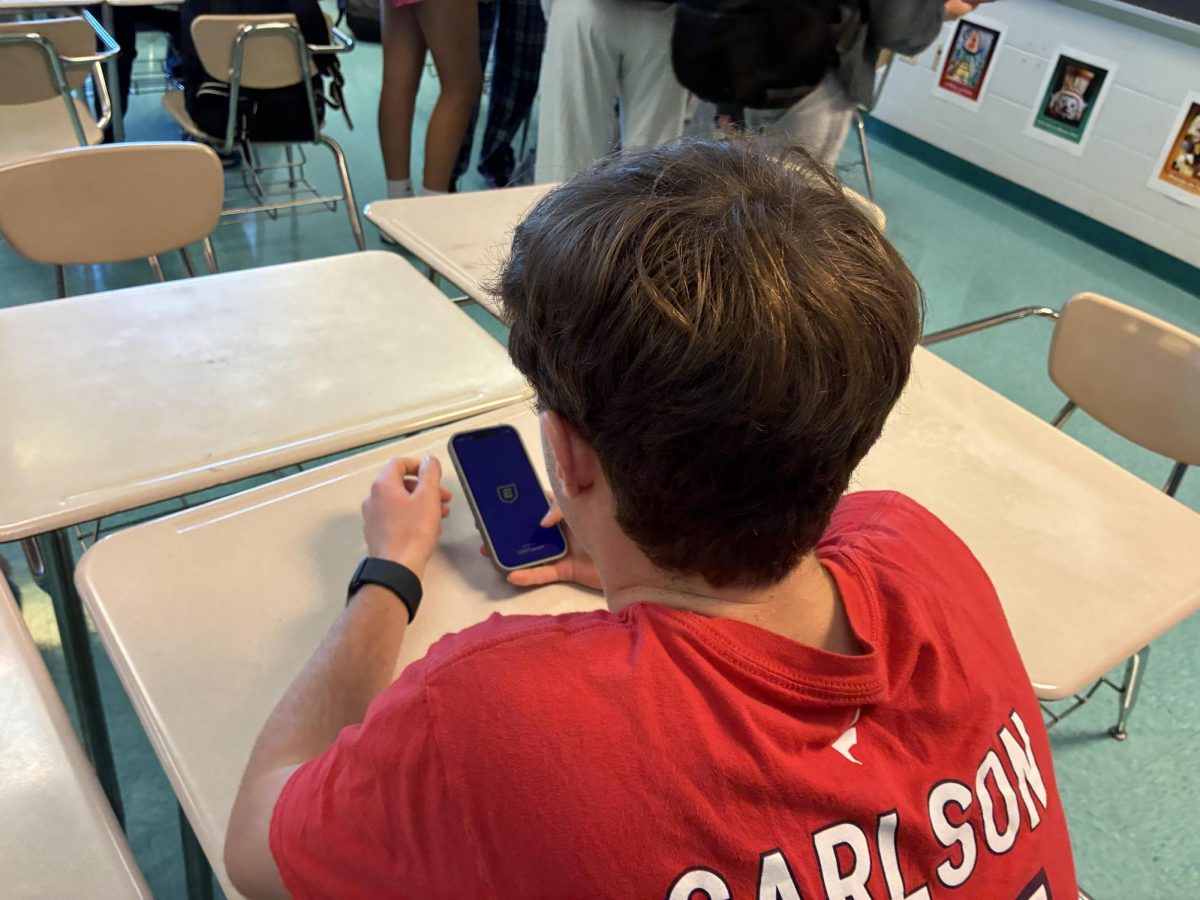
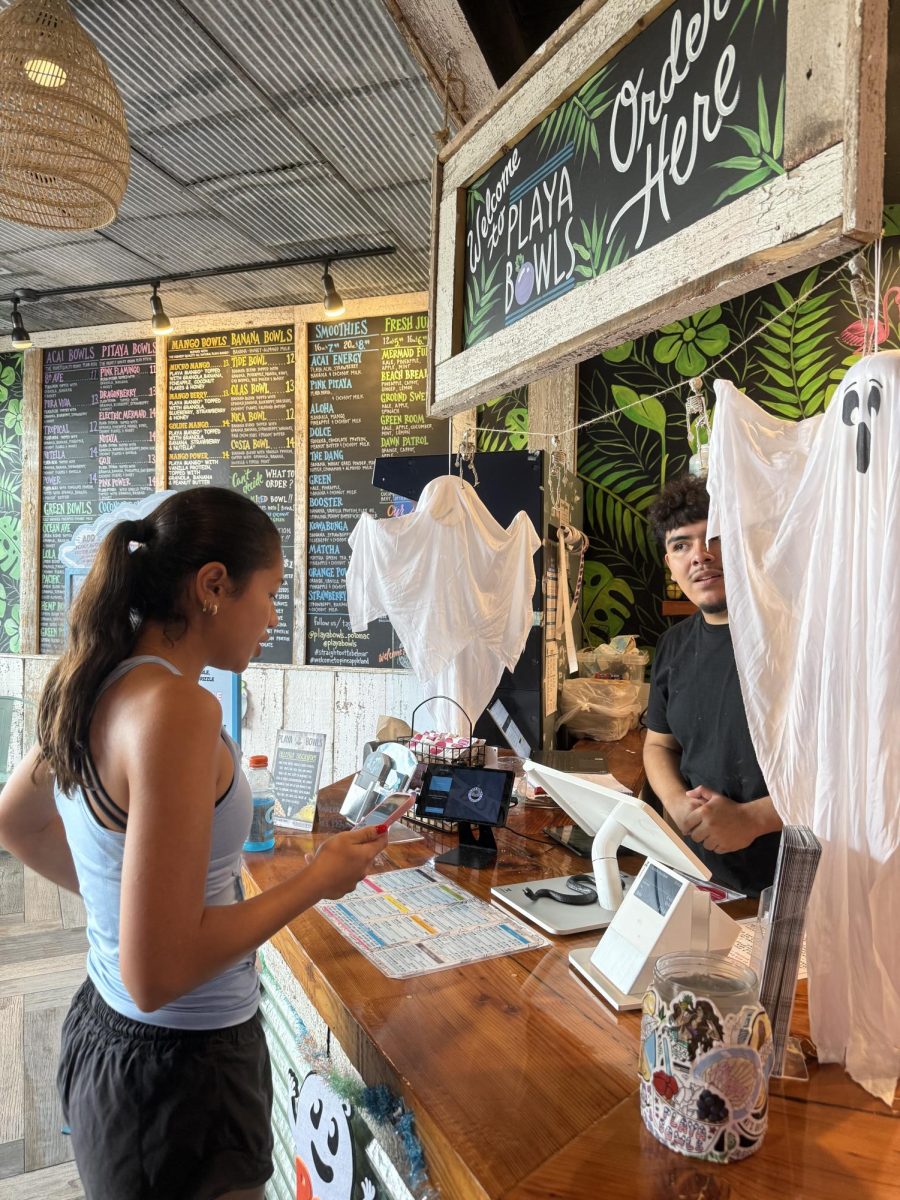
![Editors-in-Chief Ahmed Ibrahim, Helen Manolis, Cameron Cowen, Alex Grainger, Emory Scofield, Hayley Gottesman, Rebekah Buchman and Marley Hoffman create the first print magazine of the year during the October press days. “Only a quarter of the schools in MCPS have programs that are like ours, a thriving, robust program. That makes me really sad. This is not just good for [the student journalists] to be doing this, it’s good for the entire community. What [student journalists] provide to the community is a faith in journalism and that continues for their lifetimes," Starr said.](https://woottoncommonsense.com/wp-content/uploads/2025/10/wmpoFTZkCPiVA3YXA4tnGoSsZ4KmnKYBIfr18p3l-900x1200.jpg)
